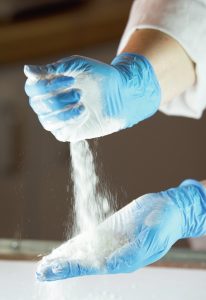
Sulphuric acid in the titanium dioxide industry
Reg Adams of pigments and titanium dioxide consultancy Artikol reviews the demand for sulphuric acid in the manufacture of TiO2 , and the prospects for consumption over the next few years.

Reg Adams of pigments and titanium dioxide consultancy Artikol reviews the demand for sulphuric acid in the manufacture of TiO2 , and the prospects for consumption over the next few years.

Haldor Topsoe and Comprimo® have announced a global strategic alliance to jointly license the TopClaus sulphur removal and recovery technology. TopClaus combines Topsoe’s energy efficient wet sulphuric acid (WSA) process with the industry-standard Claus process, enabling plant operators to handle acid gases and achieve sulphur removal efficiencies of above 99.9%. The Claus part of the unit recovers elemental sulphur from acid gases, and the tail gases from the Claus unit are then treated in the WSA unit, where the remaining sulphur compounds are converted into sulphuric acid.
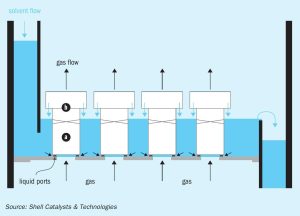
G. Bowerbank and W. Blas of Shell Catalysts & Technologies discuss low cost strategies to maximise value at existing gas processing facilities. Changing solvents, introducing advanced column internals or a combination of both are relatively simple and cost-effective options for boosting production or revenue with minimal investment.
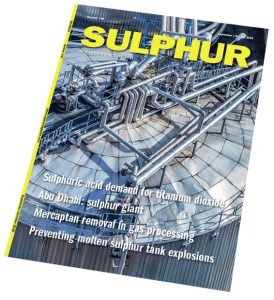
Do you remember Peak Oil? This was the theory, driven by research originally conducted by petroleum geologist M.K. Hubbert in the 1950s, that oil production inevitably followed a bell curve, with supply eventually peaking as easier reserves were exhausted, leading to an inflexion point in production and a long tailing off. Originally Hubbert was talking solely about US oil production, and he seemed to have been borne out by the evidence. But a lack of discoveries of new large fields in the 1990s led to a revision of the theory that predicted a global production peak in 2005-6, potentially leading to rapidly rising oil prices until demand destruction occurred.
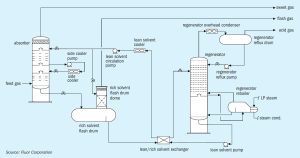
Fluor’s case study of recently constructed ultra-sour gas treating facilities provides new information about the operation of DGA-based AGRUs. B. Lynch and C. Graham of Fluor Corporation discuss how using this knowledge and leveraging the recent improvements to process simulators in the gas sweetening space, Fluor has developed an efficient, flexible, and cost effective solution in the two-stage absorption process to maximise mercaptan removal from ultra-sour gases with minimal equipment.

In spite of continuing safety concerns due to the Beirut explosion, and the rise of the use of urea as a nitrogen fertilizer, ammonium nitrate demand continues to increase in several key markets.

Although the Covid-19 pandemic has been the big story in every market this year, the disruption and dislocations that this has caused have masked some of the bigger trends in the urea market, such as the revival of Chinese exports and India’s push for self-sufficiency.
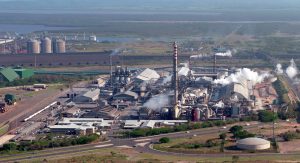
On June 30th, following clearance from the European Commission, Outotec completed the year-long merger of Metso’s Minerals business with Outotec via a partial demerger of Metso. The newly formed company, Metso Outotec, will focus on leadership in sustainable minerals and metals processing and recycling technologies. Headquartered in Finland, Metso Outotec employs over 15,000 professionals in more than 50 countries and its combined sales for 2019 were e4.2 billion.

There was a rapid increase in sulphuric acid demand for copper, uranium and nickel leaching from 1995-2015, but over the past few years growth in this sector has slowed dramatically. Now however there are signs that demand is starting to pick up again with several new projects under development.
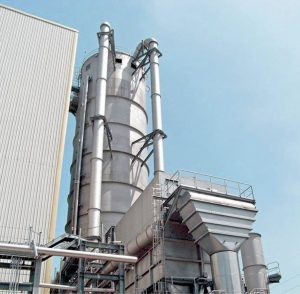
Kreber’s R&D department has been researching the prilling of sulphur in pursuit of the ideal process. In this article, T. Nieboer of Kreber recounts the history of prilling up to today, tracing the developments and highlighting the challenges that still remain.